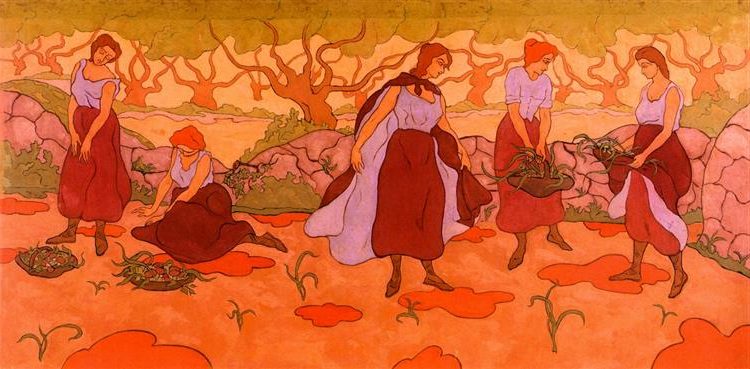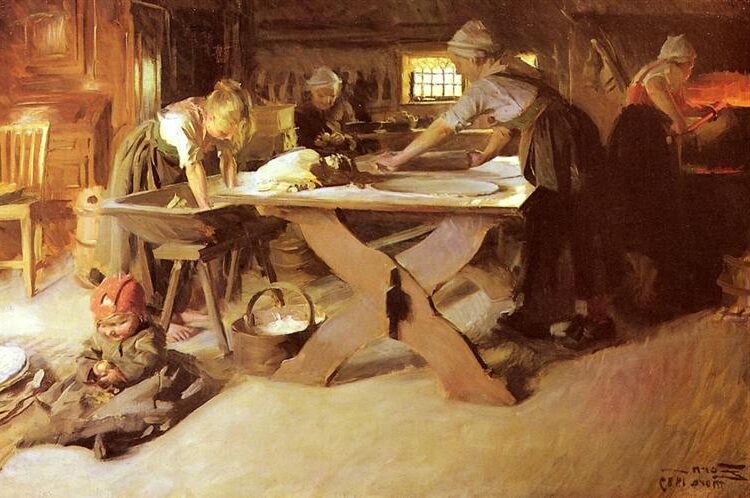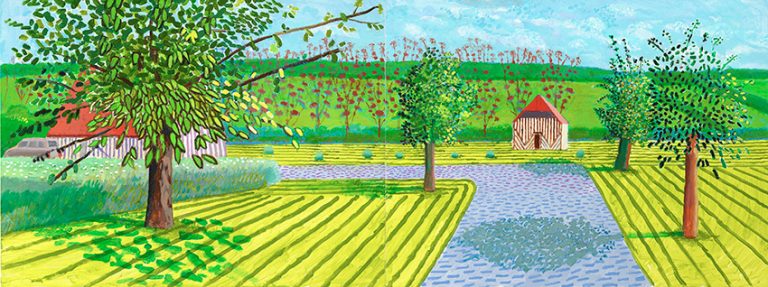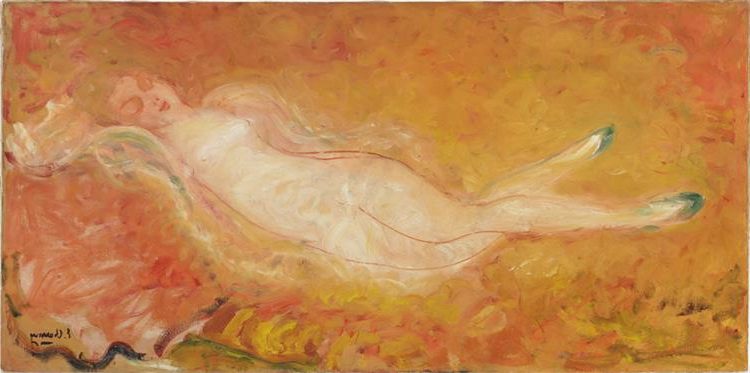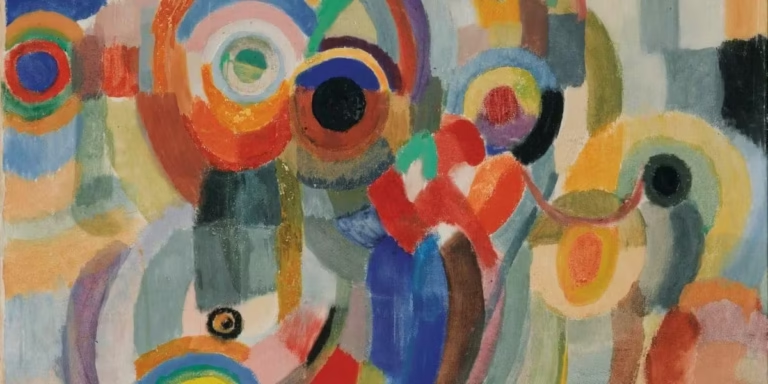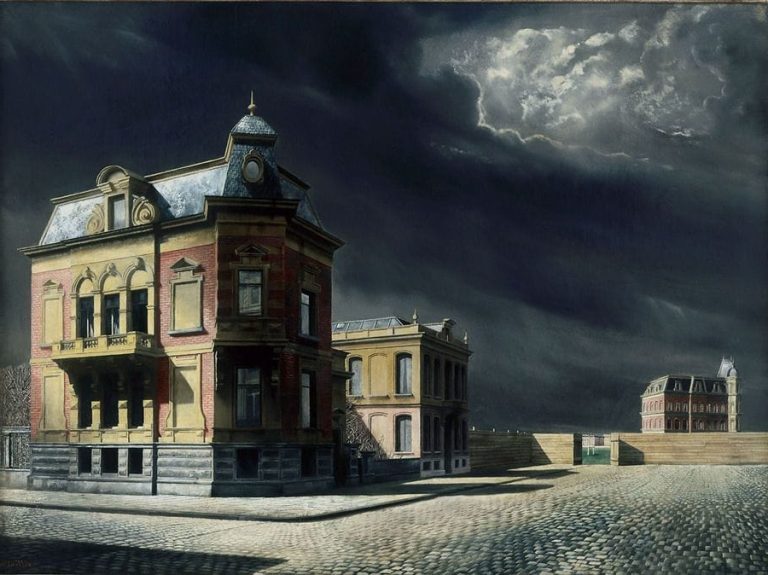Paul Ranson Painter: Symbolist Master of Color and Pattern
Born: 29 March 1861, Limoges, France
Death: 20 February 1909, Paris, France
Art Movement: Post-Impressionism, Symbolism, Art Nouveau
Nationality: French
Teachers: Jean-Jacques Maquart (His Grandfather)
Institution: École des Beaux-Arts Appliqués à l’Industrie and Académie Julian
Paul Ranson Painter: Symbolist Master of Color and Pattern
Biographical Overview of Paul Ranson
Paul Ranson was a French painter and writer. He played a key role in the Les Nabis art movement. He left a lasting mark on late 19th century French art through his distinctive style and contributions.
Early Life and Education
Paul-Élie Ranson was born on March 29, 1861 in Limoges, France. As a young man, he moved to Paris to study art.
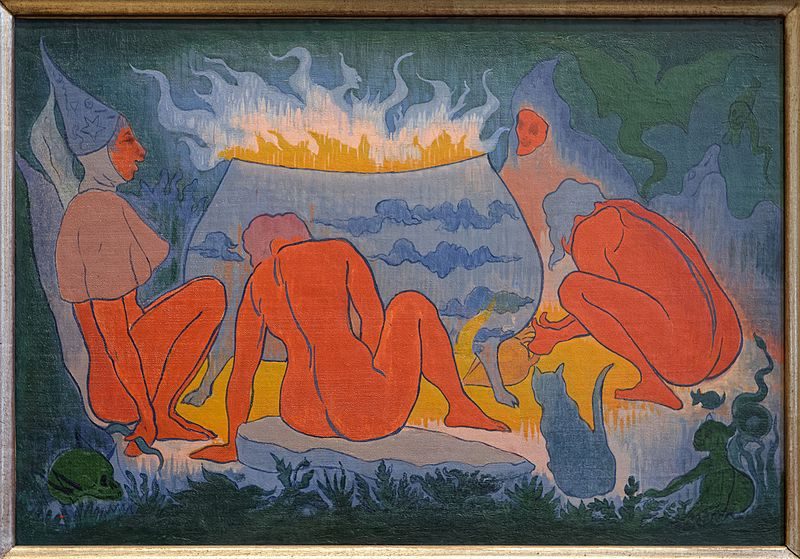
Witches Around the Fire (1891) by Paul Ranson
In 1888, Ranson enrolled at the Académie Julian. There, he met Paul Sérusier, who would become an important artistic collaborator.
At the Académie Julian, Ranson developed his skills in painting and drawing. He was drawn to new styles that broke from traditional academic art. This set the stage for his later work with the avant-garde Nabis group.
Artistic Development
In 1890, Ranson helped found Les Nabis with other young artists. The group took inspiration from Symbolism and Japanese prints. They aimed to create a new, modern style of art.
Ranson’s home became a meeting place for the Nabis. He gave his artist friends playful nicknames. The group called him the “Japanese Nabi” for his interest in Japanese art.
His work blended decorative patterns with mystical themes. He painted in bold colors and flat shapes. Ranson also created puppet shows with his Nabi friends in his studio.
Later Years and Death
In 1908, Ranson and his wife Marie-France opened the Académie Ranson in Paris. It was a school to teach the Nabis style of art. Fellow artists like Maurice Denis taught there.
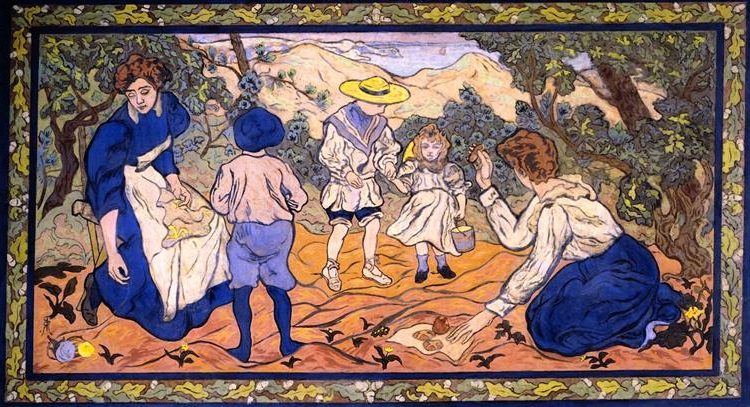
Snack among the Dunes by Paul Ranson
Sadly, Ranson’s career was cut short. He died of typhoid fever on February 20, 1909 in Paris. He was just 47 years old.
Artistic Career and Contributions
Paul Ranson made his mark as a French painter, printmaker, and educator. He played a key role in the Nabis movement and helped shape art education in early 20th century Paris.
Ranson’s Style and Influences
Ranson’s art blended Symbolism and Art Nouveau. He used bold colors and flowing lines to create dream-like scenes. His work often featured nature themes and mystical subjects.
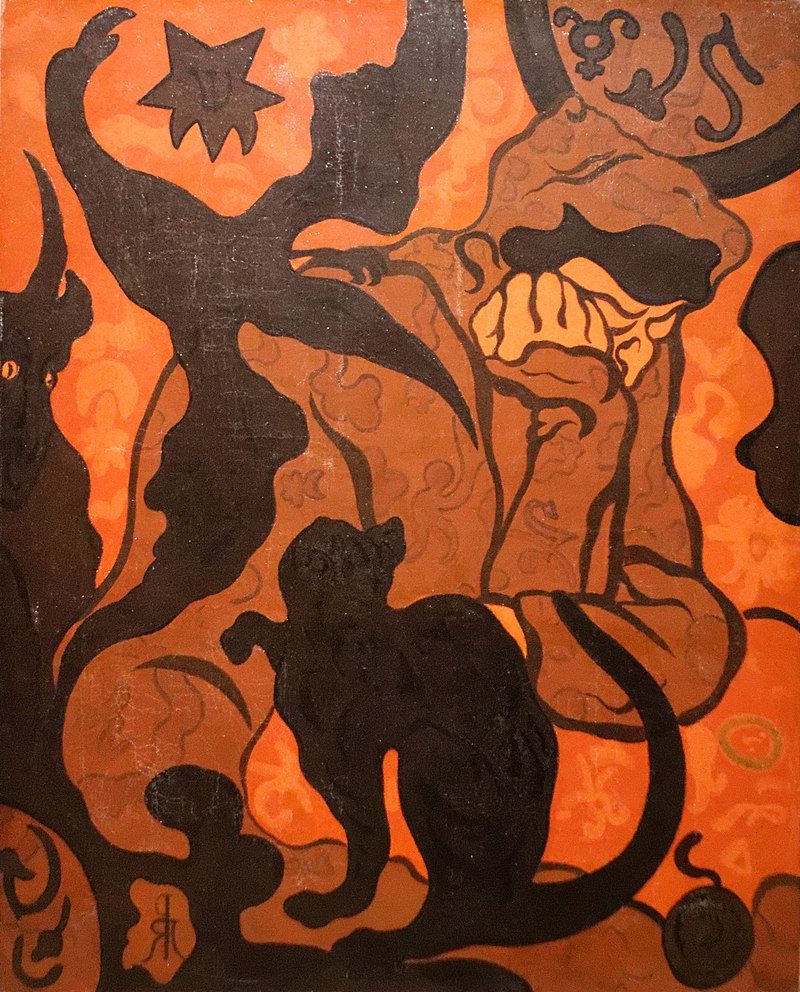
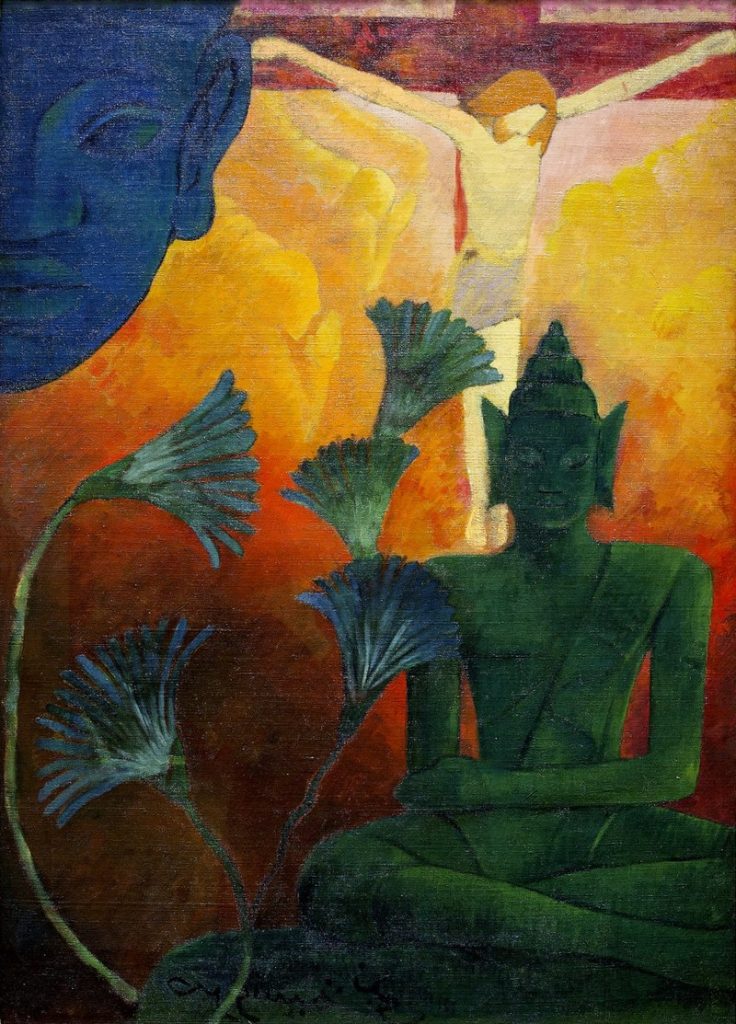
Ranson drew inspiration from Japanese prints and Celtic art. He also admired the flat colors of Gauguin. These influences shaped his unique style.
His paintings often had a decorative quality. He used patterns and simplified forms to create eye-catching designs.
Notable Works and Exhibitions
One of Ranson’s famous works is “Witch with a Black Cat” from 1893. This painting shows his interest in mystical themes.
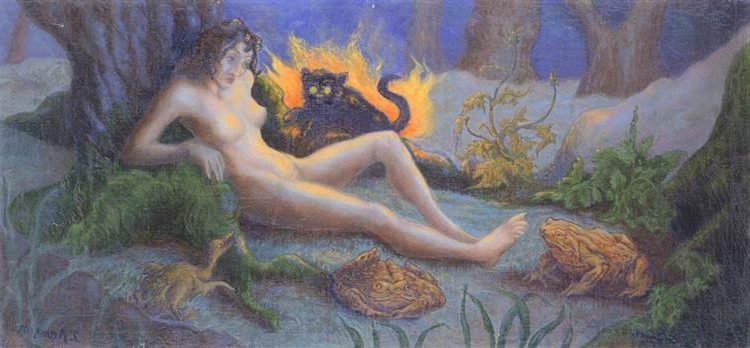
The Witch with Black Cat (1893) by Paul Ranson
Ranson took part in many Nabis group shows in Paris. His art was shown at the Salon des Indépendants and other major venues.
He also made prints and designed theater sets. His diverse talents helped spread the Nabis style to different art forms.
Legacy and the Académie Ranson
In 1908, Ranson founded the Académie Ranson in Paris. This art school became an important center for teaching modern art techniques.
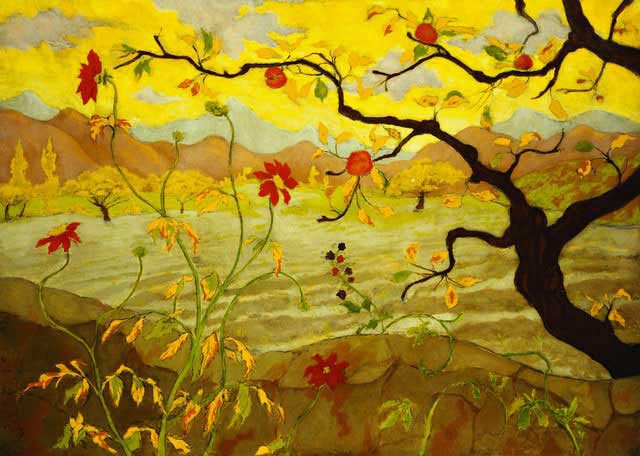
Apple Tree with Red Berries (1902) by Paul Ranson
The school carried on Ranson’s ideas after his death in 1909. It helped train a new generation of artists in the Nabis style.
Many famous painters taught at the Académie Ranson. These included fellow Nabis members like Pierre Bonnard.
Ranson’s impact on art education lasted well into the 20th century. His school helped keep the spirit of the Nabis alive for decades.
Frequently Asked Questions
Paul Ranson was an important French painter in the late 19th century. He helped shape the Nabis art movement and created many notable works.
What is Paul Ranson best known for in the art world?
Paul Ranson is best known as a key member of the Nabis group of post-impressionist artists. He created colorful, symbolic paintings with mystical themes.
Ranson often painted scenes with witches, mythical figures, and nature motifs. His bold use of color and flat decorative style were hallmarks of his work.
How did Paul Ranson contribute to the Nabis movement?
Ranson played a major role in the Nabis movement. He hosted meetings for the group at his studio in Paris.
He came up with the name “Nabis” for the group. Ranson also gave nicknames to other Nabis artists. His enthusiasm helped unite the movement.
Which famous artworks were created by Paul Ranson?
Some of Ranson’s well-known paintings include “The Witch in Her Circle” and “Nabis Landscape”. He also made decorative screens and tapestry designs.
Ranson’s “Woman in a Wood” shows his skill with color and form. His “Tiger in the Jungle” displays his interest in exotic themes.
Can you describe Paul Ranson’s unique artistic style?
Ranson used bright, flat colors in his paintings. He liked curving lines and patterns inspired by nature.
His style mixed realism with fantasy elements. Ranson often included symbolic figures and mystical scenes in his art. He was drawn to spiritual and occult themes.
What influence did Paul Ranson have on modern painting?
Ranson helped push painting toward more abstract and symbolic styles. His bold colors and flat forms influenced later modern artists.
His interest in spiritualism and the occult inspired other painters to explore these themes. Ranson’s decorative approach impacted Art Nouveau design.
How did the teachings of Paul Ranson impact his contemporaries?
Ranson taught at an art school called Académie Ranson. He shared his ideas about color theory and composition with students.
Many young artists learned from Ranson’s methods. His teachings on spirituality in art shaped the views of other Nabis painters.

